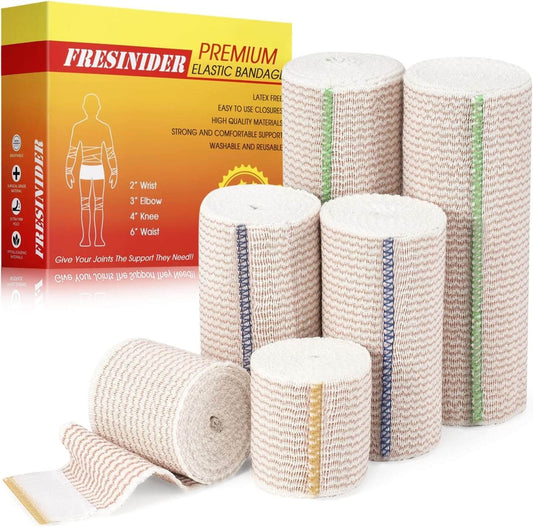For most cuts, scrapes, and post-procedure wounds, modern evidence supports moist wound healing—keep the wound clean, covered, and appropriately moist (not wet) to speed epithelialization, reduce pain, and minimize scarring. Exceptions exist (e.g., certain infected or ischemic wounds), so follow clinician guidance for complex wounds.
What do “dry” and “moist” healing mean?
- Dry healing (“let it breathe”): leave the wound uncovered so a hard scab forms. The scab protects, but it can also block migrating skin cells—often slowing closure and raising scar risk.
- Moist healing (modern standard): keep the wound clean, protected, and moist with an occlusive or semi-occlusive dressing (e.g., film, hydrocolloid, foam) or with petrolatum under a bandage. This preserves growth factors, supports cell migration, and makes dressing changes less painful.
Why moist healing wins (most of the time)
- Faster closure: Occlusive/semi-occlusive dressings and petrolatum-based care help skin cells migrate across the wound more efficiently.
- Less scarring: Preventing a thick scab can limit unnecessary tissue damage during dressing changes and support smoother remodeling.
- More comfort: Moist dressings don’t stick to the wound bed like dried gauze can, so removal is easier and less traumatic.
- Right micro-environment: The goal is a balanced moisture level—protective yet not soggy—matched to exudate and wound location.
When might dry (or drier) care be preferred?
“Moist” doesn’t mean soaked. Too much moisture can macerate skin and delay healing. Certain wounds (e.g., heavily infected, ischemic, or with devitalized tissue) may need special protocols or different moisture levels. Always follow a clinician’s plan for complex or chronic wounds.
Dressing types for moist healing (and when they help)
- Transparent films (semi-occlusive): Great for superficial, low-exudate wounds; allow showering while protecting the site.
- Hydrocolloids: Gel on contact with exudate; helpful for light–moderate exudate and can promote autolytic debridement.
- Foams: Absorbent, protective, good for moderate exudate.
- Hydrogels: Donate moisture to dry wounds or to support autolysis.
Clinicians select based on exudate level, depth, infection risk, and location; the goal is a balanced moist environment—not too wet, not too dry.
Quick comparison
| Factor | Dry Healing (air/scab) | Moist Healing (covered/occlusive) |
|---|---|---|
| Speed of epithelialization | Slower (scab blocks cell migration) | Faster in most outpatient scenarios |
| Pain with dressing changes | Often higher (adherent scab/gauze) | Lower (non-adherent) |
| Scar risk | Higher (thick scab, trauma on removal) | Lower when scab is prevented |
| Infection risk | No inherent advantage | Comparable or lower when properly cleaned and covered |
| Best for | Simple, low-risk wounds only if advised | Most acute cuts, scrapes, post-procedure sites |
People Also Ask: Straight answers
Is it better to let a wound “breathe”?
Generally, no. Most wounds heal faster covered and moist; letting them air out tends to dry new cells and can slow healing.
Won’t covering a wound trap bacteria and cause infection?
With proper cleaning and an appropriate dressing, infection risk is not higher. Good hygiene and correct dressing choice are key.
What can I use at home to keep it moist?
For minor cuts/scrapes: gently wash, pat dry, then apply a thin layer of petrolatum and cover with a clean bandage. Replace if wet or dirty.
Which moist dressing is “best”?
There’s no single “best.” Choose based on exudate level, depth, location, and infection risk—films, hydrocolloids, foams, and hydrogels each have roles.
Step-by-step: Moist healing at home (minor wounds)
- Rinse with clean running water; gently remove debris.
- Pat dry the surrounding skin.
- Moisturize the wound bed with a thin layer of petrolatum (or use an appropriate moist dressing).
- Cover with an adhesive bandage or sterile dressing; change if soiled or wet.
- Watch for redness, warmth, swelling, pus, fever, or increasing pain—seek care if present.
Clinical caveats
- Chronic or complex wounds need assessment and tailored dressing selection (e.g., foams for moderate exudate, hydrogels for dry wounds, antimicrobial dressings if colonization is a concern).
- Wet-to-dry gauze is a niche option for mechanical debridement under medical direction; it’s not the default for routine home care.
Bottom line
If you’re comparing dry healing vs moist healing, the modern, evidence-based approach is: clean the wound, keep it moist and covered, and match the dressing to the wound’s needs. That’s how you heal faster, hurt less, and scar less—with clinician oversight for anything beyond a simple scrape.





